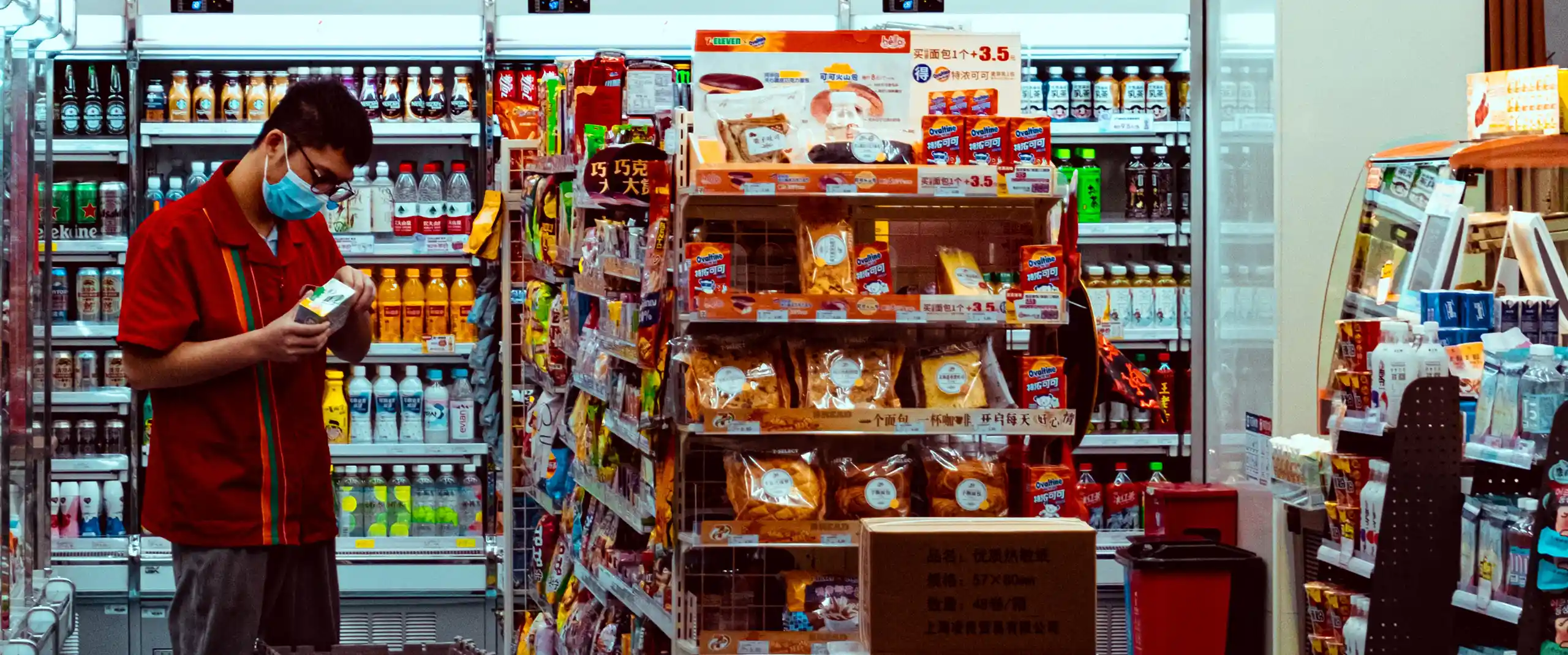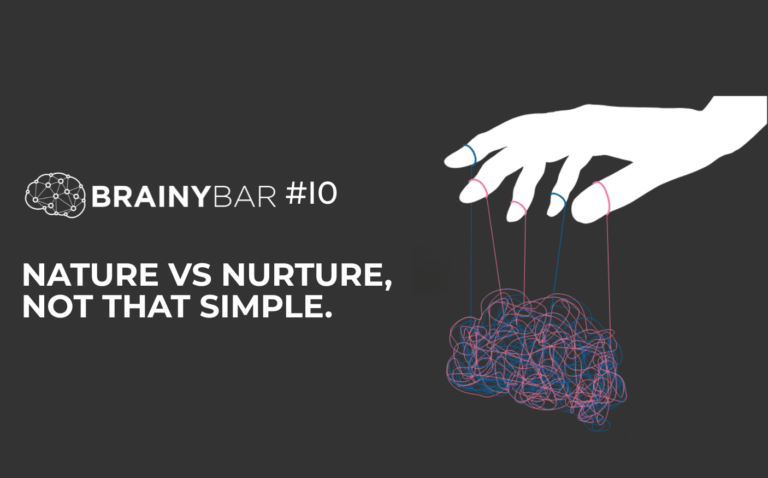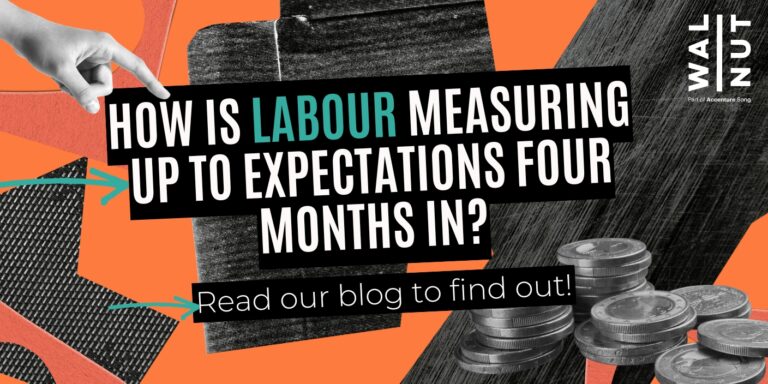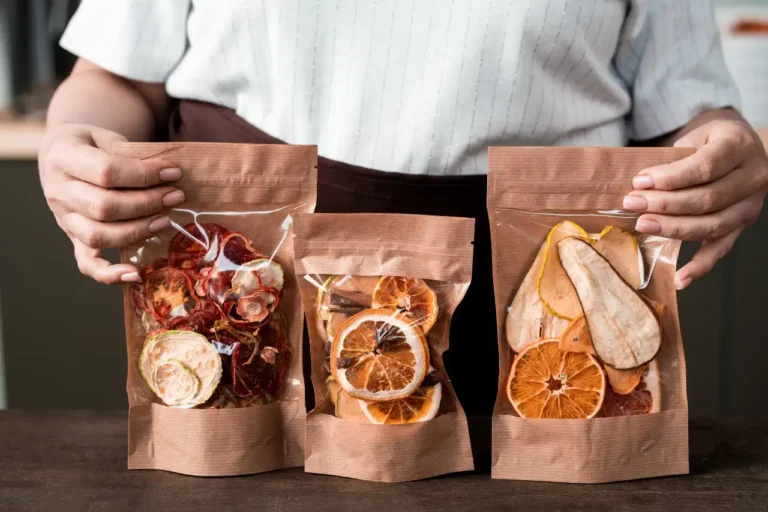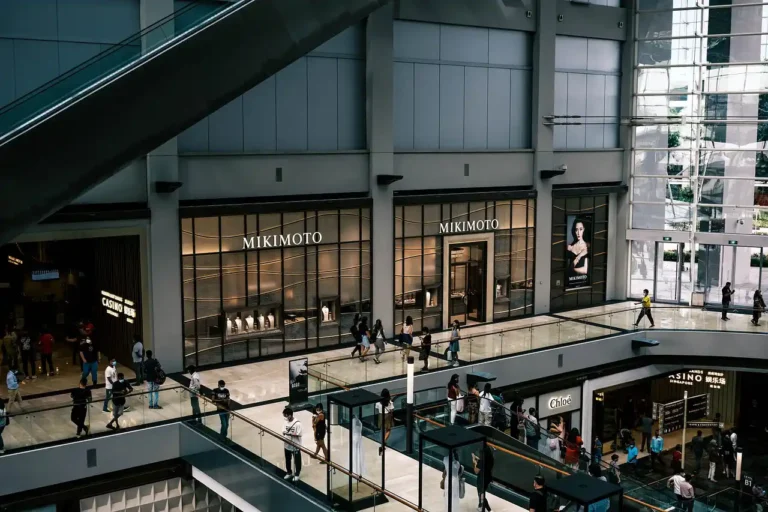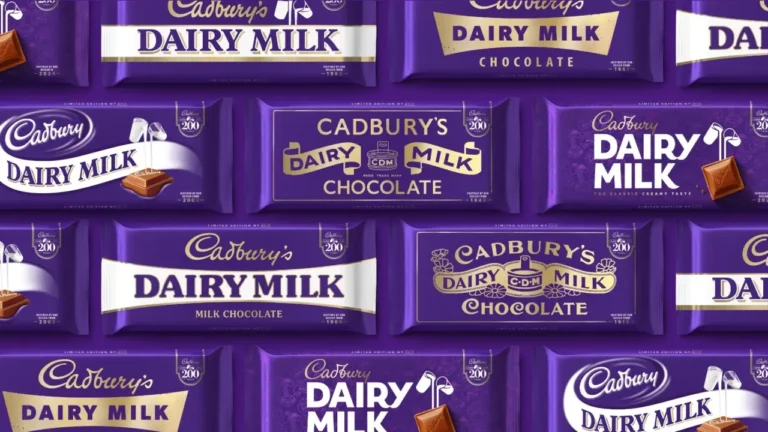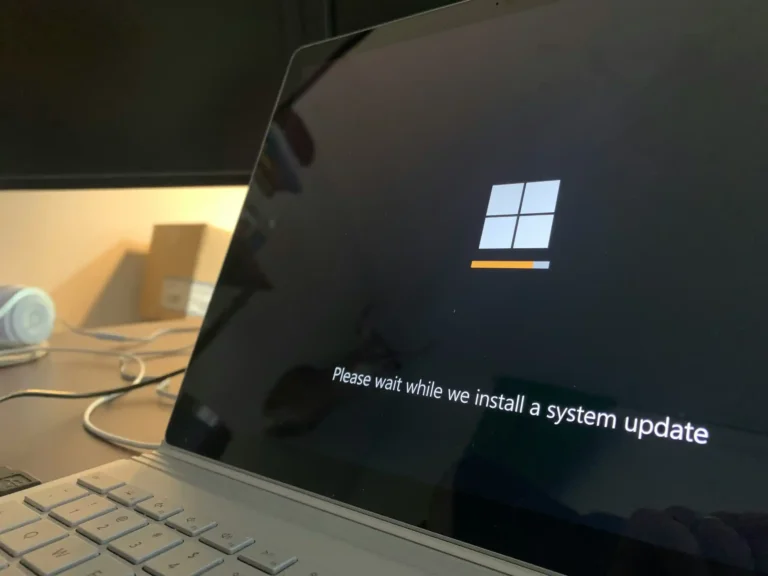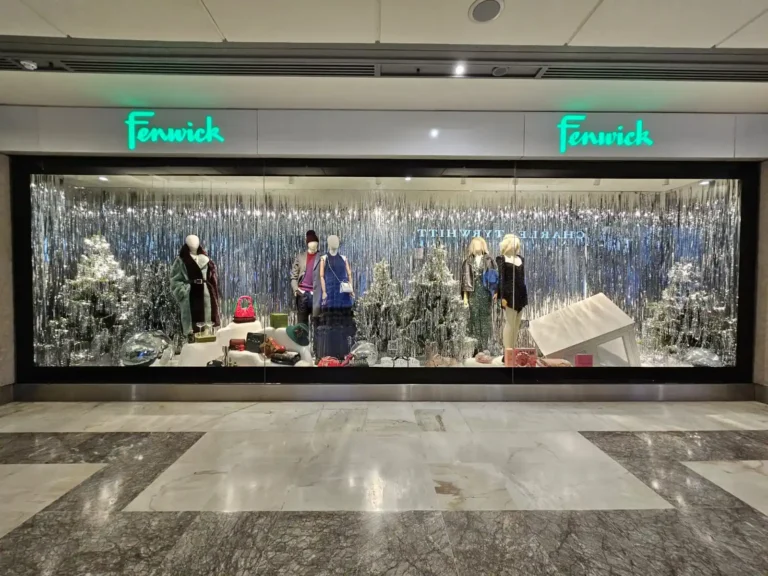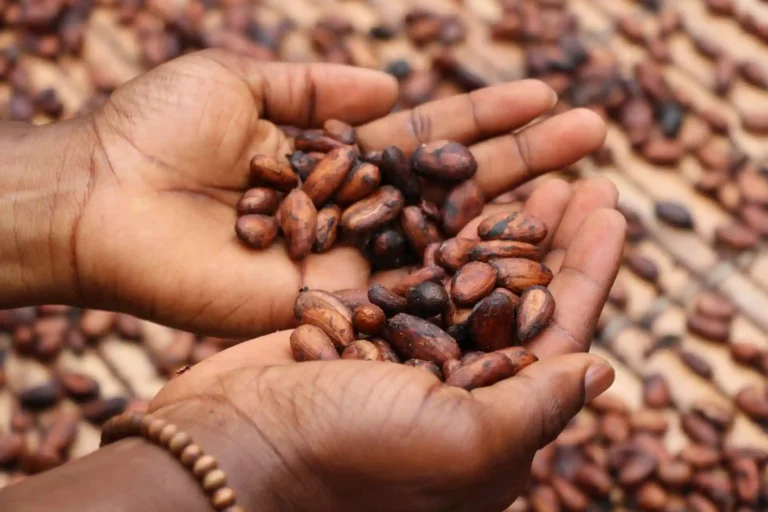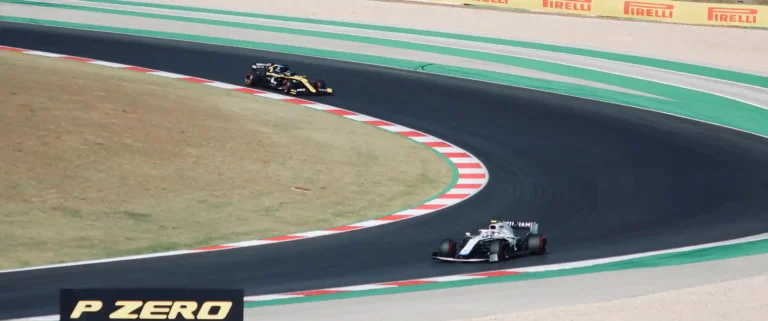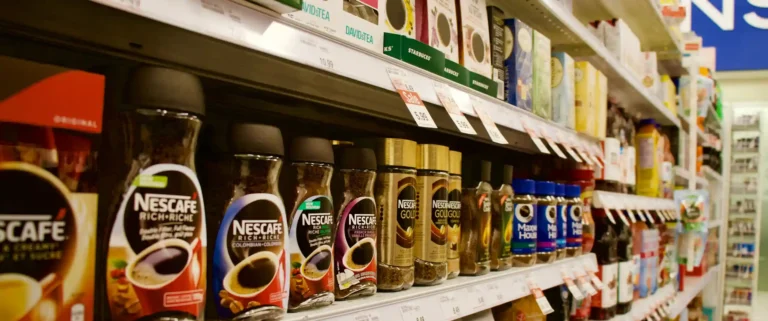The future of the UK convenience store market
22nd June 2018
Walnut Unlimited
The future of the UK convenience store market
The untimely demise of My Local has caused shockwaves in the retail world. My Local has entered administration as of 29th June 2016 and over 1,000 jobs are now at risk. With forecasters predicting that convenience is the key to growth in grocery retail, the news about My Local begs the question – were the trend forecasters wrong? What is the future of the UK convenience store market?
My Local, a chain of over 200 stores, was bought from the Morrisons chain of Convenience stores last year for £25 million. My Local, formally “M-Local” will be associated with Morrisons for many consumers despite the brand changing hands last year. Morrisons themselves said in a statement “We are saddened and disappointed to learn that My Local is about to enter administration.” They have admirably offered to give employment to many of the My Local staff about to lose their jobs.
A SATURATED CONVENIENCE MARKET
Many reasons have been attributed to the closure, including location reasons (many M Local stores are on the site of former Blockbuster stores, where many were snapped up by M-Local when Blockbusters ceased trading). The closure of My Local highlights that the Convenience market is not necessarily easy to crack. With so many stores in the market, could it be said that the Convenience sector is actually reaching saturation? The total number of convenience stores in the UK increased by 21% from 13,617 in 2010 to 16,426 at the end of 2015 according to Local Data Company.
WHAT MAKES A SUCCESSFUL CONVENIENCE STORE?
A store with less than 3,000 sq ft (280 sq m) is typically defined by retailers as a ‘Convenience’ store. With the advantage of not being affected by the Sunday Trading Act (which restricts opening hours on Sunday), and a general trend towards more frequent grocery shopping trips, for a number of years forecasters have predicted strong growth in this sector.
From our work in the Convenience sector we know that location is everything. Being in the right place, with the right catchment, with the right facilities for parking and access, is at the forefront of a successful convenience strategy. Some analysts say that many Convenience stores have a catchment area of just half a mile. This makes it very easy to define your key shopping missions (are you in a work place area, or a residential, for example) and stock a range that matches your shopper needs.
We think location is more important even than price, staff and range when it comes to understanding what is important to customers in the Convenience sector. In terms of price, convenience stores typically carry a 1-5% mark up to cover the higher cost of operating. We know that the higher price of convenience stores is a price that customers are, generally, willing to pay.
Retailers go to great lengths to scope out the potential for each and every site that they acquire for a convenience store. With each local market having its own dynamics, its own competitor set and its own customer type, it is a complex operation to decide where to site a new convenience store.
Then, once a new convenience store is opened, it is ‘Operation Marketing’ time. The time to communicate loud and clear with the nearby residents about the new store and ensure it becomes part of their preferred store repertoire.
CUSTOMER EXPERIENCE IN THE CONVENIENCE SECTOR
From the work we do across the Convenience Sector we know that customer experience is very different in various store formats. We know that customer satisfaction tends to be lower in convineince stores compared to bigger store formats. We also know that the store visit is so much shorter, leading to a much lower emotional engagement with the retailer and the brand in general. It breaks the shopping trip down into a much more functional, transactional-based experience. How quickly can people get in and out, without spending too much time or effort on the experience?
Basic aspects of the shopping trip, such as the queueing system, can become “make or break” for the convenience store. Get your queuing system wrong and you can do great damage to the overall customer experience. A badly managed queue can quickly become an irritant; a driver of dissatisfaction. Given that the convenience store usually operates on a limited floor plan, these sorts of challenges are a hurdle to overcome, but usually not insurmountable.
One thing is for sure; analysts across other convenience stores, Tesco Express, JS Local, One Stop, Spar, Costcutter and The Co-operative will be watching this news with interest and taking learnings from the My Local story.
HOW TO ENSURE SUCCESS IN CONVENIENCE
When entering the convenience market, it is critical to do your customer research. Every store will have its own considerations and face its own challenges. What’s important to explore and consider to ensure success?
- Understand where shoppers in your area are already going
- Explore why they might come to your store instead
- Determine ideal ways to communicate with your immediate customer base who are nearby
- Keep communicating with your customers over time
- Consider the best ways to involve yourself in their community
- Understand when it is not working, and figure out why
- Trial new store layouts and formats
- Critically, talk to your customers ‘in the moment’ and find out what they are thinking, through intercepts, vox pops
- Engage with your frontline staff as a forum for feedback, as they are closest to the customer
The convenience market should never forget about its customer experience strategy, and always remember to understand and measure how customer experience fares in stores. Without insight, decision making becomes based on blind ‘gut feels’ and is that a risk worth taking in such a saturated market?
NEWSLETTER
Sign up for the latest treats straight to your inbox


